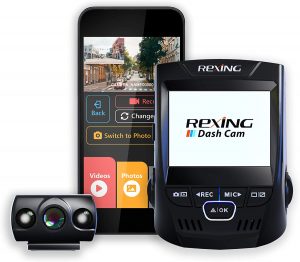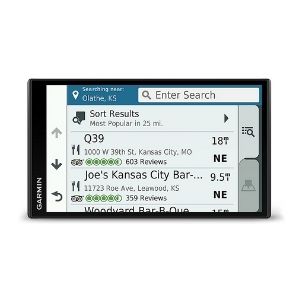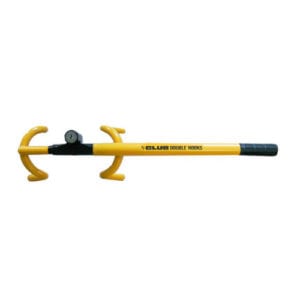Here are some other interesting events in the history of the fight against drunk driving:
- The precursor to today’s Breathalyzers, appropriately called the Drunkometer, was patented in 1936. Individuals being tested breathed into balloon-type gadget, and the air was mixed with a chemical solution. The resulting color of the air indicated the amount of intoxication.
- Two years after the Drunkometer was introduced, the first commonly used legal limit for blood alcohol concentration, or BAC, was established. It was .15%—nearly twice today’s limit.
- The Breathalyzer was invented in 1953 by a former police captain named Robert Borkenstein.
- In 1984, the National Minimum Drinking Age Act was passed, requiring states to raise the drinking age to 21.
- In 1998, a federal incentive grant was offered to states to encourage them to set a legal BAC limit of .08%.
- In 2000, .08% was made the national legal limit for drinking and driving.
Drunk driving laws are still evolving, too: Utah recently voted to change its legal limit to .05%, making it the strictest in the nation. Depending on that adjustment’s success in reducing drunk driving accidents, it’s possible other states could follow.
Despite the laws against it, some people still choose to drive while intoxicated. To boost your security if you ever end up in an accident with a drunk driver, we suggest investing in a dash cam that can record the incident.








